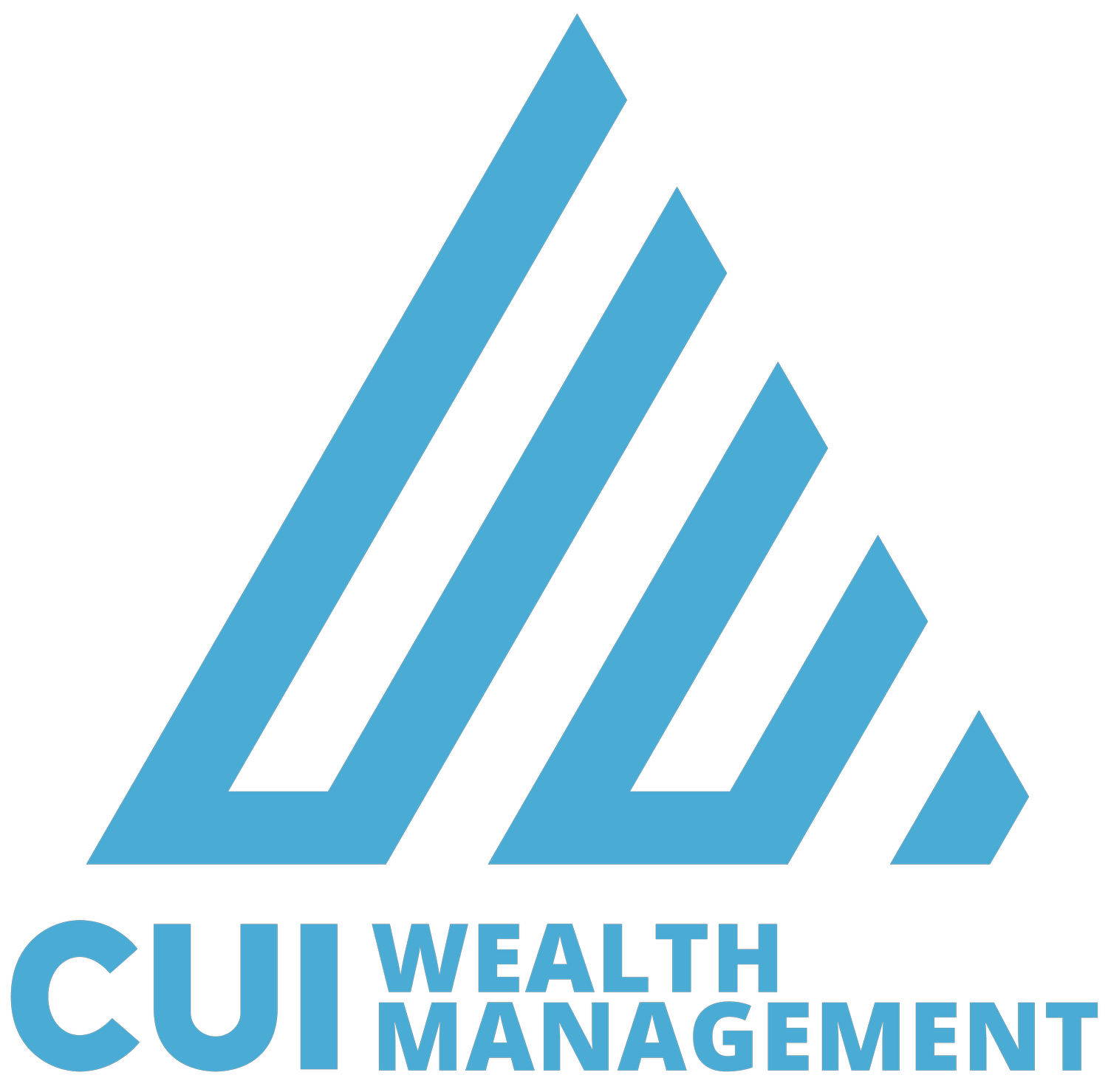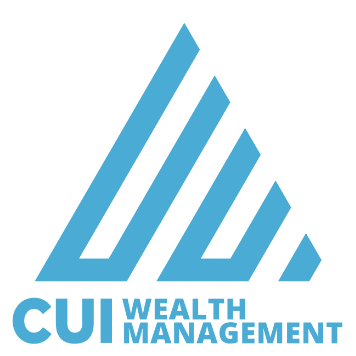Does Your 401(k) Plan Reflect Your Company Culture?
Introduction
Entrepreneurs see the world differently. They know the potential to change how we do things in business, find ways to make a better product, or create products and services that are more cost-effective. These changes can benefit society as a whole. But, few entrepreneurs get into business just to carbon copy or be like everyone else. They have something unique to offer, and just like any company, you have a culture that's part of your company, making working for your company different from your competitors.
Surprisingly, retirement plans are rarely constructed to reflect the company culture. There are many people that carbon copy the retirement plans of their competition. Employers in competitive industries have done various things to entice professionals to work for and stay with them. But unlike ping pong tables and cereal on tap, retirement plans can significantly impact an employee's long-term financial well-being. So, how do you make your retirement plan unique and reflect your company culture? Here are a few points to consider.
Plan Design
It's essential to have a plan design that reflects your company culture. To ensure your plan reflects company culture, you need to start with the goals of your retirement plan. Here are a few questions to ask:
Who is the 401(k) plan designed for?
Top Earners: Are owners, executives, and key employees seeking tax efficiencies?
A General Benefit: Are you looking to give extra to employees for being a part of the company?
What issues are you trying to solve?
Attrition: Are you trying to reduce employee turnover?
Financial Wellness: Are you promoting a culture of self-reliance and helping people with the tools for financial success?
What is your budget?
By knowing the answer to these questions, we can start looking at plan types and designs suitable to the company. Some of the design elements the plan can work with include:
Eligibility
Age
Time employed
Hours worked
Match
Stated
Discretionary
Vesting
Cliff vesting vs. graded
The same vesting or different vesting for 401(k) vs. profit-sharing
If your company culture that emphasizes the importance of your employees, but your 401(k) plan has a dismal match, you may be giving the wrong message through the employee benefits. Or, if the company wants to reward employees for their hard work but no profit-sharing plan is attached to the 401(k), it may be a missed opportunity. If you promote and value loyalty, having a generous contribution with a vesting schedule may be something to consider.
Plan Type
*This example assumes a 2% elective contribution for the SIMPLE IRA
Though people tend to think of 401(k) plans first, many retirement plan options exist. We recently published an article on choosing the right retirement plan for your business. Here are some of the possibilities.
Profit-Sharing Plan
SEP IRA
Non-Qualified Plans
Each plan type has pros and cons; some are unavailable to some business sizes. Rather than simply deciding to implement a 401(k) because that's what a company "should" do, review the pros and cons of each retirement plan type.
Fees
You want your company retirement plan to stand out for the right reasons. It is best practice to Benchmark your 401(k) to other companies with a similar plan size and employee count. If you ignore fees, every dollar spent on unnecessary expenses is a dollar that your employees could invest in their retirement for the future. So, it's essential to look and ensure you're not overpaying for the provided services.
Employees often don't dive deep into plan fees but may notice the effects. Sometimes employees will complain that their investment returns are sub-par when in reality, part of the problem is that the costs have eaten away at the returns.
Financial Wellness
Financial wellness is a hot topic. It has increasingly become more important to plan sponsors and plan administrators. Financial wellness is more than offering a retirement plan. It is ensuring that you're putting something in place for people to save for their retirement and providing tools and education to make solid financial decisions throughout their life.
If your company is looking to do more for employees outside of the office and significantly impact the lives of your employees, having a financial wellness program can help you do that. These programs can help employees understand how to save, budget, comprehend debts, and understand general best practices. If you have a company culture that values preparation and high-performance levels, having a financial wellness program can help you demonstrate these values.
Example
Here's a hypothetical example of all these principles coming into play. Suppose you have a company with steady revenue and are looking for a strategy allowing employees to invest a large amount of money into a retirement plan. You have some employee turnover and want to reward employees for their loyalty. You expect excellence from your employees, want to help them have a fulfilling life in and out of the company, and want this tool to bring in the right employees.
You build a plan around this culture by creating a safe harbor 401(k) plan with an enhanced match to allow all employees to contribute up to the IRS limit without being limited by annual compliance testing. The enhanced match option gives employees a company match on the first 4% they contribute.
You know employees who stay longer than three months will generally be with the company for a long time, so you build an eligibility requirement of 3 months of service before they become eligible. This allows you to reward those who stick around once they exceed that threshold.
Though your safe harbor plan can't have a vesting schedule, you supplement this with a discretionary new comparability profit-sharing plan with a 6-year graded vesting schedule. This setup allows you to see how well the company did for the year and contribute to employees with different allocations to different groups if desired, with options calculated by the TPA. Your employees will become vested in the profit-sharing contribution as they remain loyal to the company. Employees must be with the company for six years before the profit-sharing is fully vested.
Along with the plan design, you implement a financial wellness plan. This is meant to help employees reduce anxiety regarding finance and make solid, long-lasting financial decisions. You do this to promote excellence in all areas of life.
Conclusion
There are many ways you can have a unique retirement plan, one that reflects your company culture. Good plan design, selecting an appropriate plan type, monitoring fees, and implementing a financial wellness program can all help your retirement plan stand out. These are just a few things to consider.
Our team here at CUI Wealth Management can help you uncover and discuss your plan's needs through a comprehensive review. We can help you find blind spots in your retirement plan and provide guidance. Please reach out to us for a consultation.



